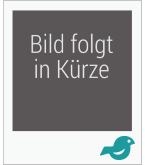
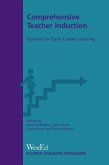
Broschiertes Buch
Systems for Early Career Learning
Softcover reprint of the original 1st ed. 2003
30. Juni 2003
Springer / Springer Netherlands
978-1-4020-1148-1
Ähnliche Artikel


eBook, PDF
24. Oktober 2013
Springer Netherlands


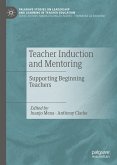
eBook, PDF
1. Januar 2022
Springer International Publishing
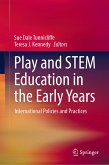
149,79 €**
105,95 €
**Preis der gedruckten Ausgabe (Gebundenes Buch)
Sofort per Download lieferbar
VersandkostenfreieBook, PDF
16. Juni 2022
Springer International Publishing

eBook, PDF
7. Juni 2023
Springer International Publishing

eBook, PDF
15. Juli 2011
Springer Netherlands
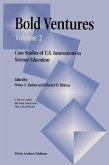

eBook, PDF
5. Dezember 2012
Springer Netherlands
Ähnlichkeitssuche: Fact®Finder von OMIKRON
